Yoga has traveled from the serene ashrams of India to studios and retreats across the globe. As yoga grows in popularity, so does the demand for qualified teachers. Yoga Teacher Training (YTT) programs now exist in nearly every country. But with this growth comes a challenge — how to recognize an authentic yoga teacher training in Rishikesh from a superficial or commercialized one?
Whether you’re an aspiring teacher or a passionate practitioner, understanding what makes a yoga teacher training program authentic can help you make an informed decision and ensure a deeper, more transformative experience. This guide explores the essential qualities that define a genuine YTT program.
🧘 What Does “Authentic” Mean in Yoga?
Before diving into the traits of an authentic YTT program, it’s important to understand what authenticity means in the context of yoga.
Yoga is not just a form of physical exercise. It is a holistic path that includes philosophy, breath control, meditation, ethics, and lifestyle. An authentic yoga program honors this broader perspective. It respects the roots of yoga, particularly the traditional teachings originating from India, while also evolving mindfully to meet the needs of modern students.
📚 1. A Strong Foundation in Traditional Yogic Philosophy
One of the most important markers of authenticity is a firm grounding in yogic philosophy. Authentic YTT programs go beyond the poses (asanas) and include:
- The Yoga Sutras of Patanjali
- The Bhagavad Gita
- The Hatha Yoga Pradipika
- Upanishads and Vedic texts
These scriptures provide context, ethics (like the Yamas and Niyamas), and spiritual goals that yoga aims to achieve. A good YTT program will include in-depth discussions on these texts and their application in daily life, not just as theoretical knowledge but as living wisdom.
🧑🏫 2. Experienced and Lineage-Based Teachers
Authenticity is often tied to lineage — the tradition from which the teacher has learned. Lineage provides continuity and ensures the teachings have been passed down through generations.
Look for programs where:
- Lead teachers have decades of experience, not just a 200-hour certification.
- Teachers are disciples of a traditional school, such as Hatha, Ashtanga, Iyengar, or Kundalini.
- Teachers have studied under a guru or master teacher, particularly in India or a traditional ashram.
The depth and clarity of their teaching reflect their own dedication and years of sadhana (personal practice).
🕉️ 3. Emphasis on All 8 Limbs of Yoga — Not Just Asana
The modern world tends to focus on asana (postures) alone. However, yoga in its true form consists of eight limbs, as described by Patanjali:
- Yama – Ethical disciplines
- Niyama – Personal observances
- Asana – Physical postures
- Pranayama – Breath control
- Pratyahara – Withdrawal of senses
- Dharana – Concentration
- Dhyana – Meditation
- Samadhi – Liberation or union with the divine
An authentic YTT doesn’t isolate asana but integrates it with breathwork (pranayama), meditation, ethical living, and mindfulness. It prepares students for a lifelong journey, not just for teaching classes at the gym.
🕯️ 4. A Focus on Self-Transformation and Inner Growth
A yoga teacher is not only someone who knows how to cue poses. An authentic program will focus on the transformation of the self — mind, body, and spirit.
Signs of this approach include:
- Daily meditation and self-inquiry practices
- Encouragement to follow a yogic lifestyle, including vegetarianism, ahimsa (non-violence), and mindfulness
- Deepening one’s spiritual practice alongside teaching skills
Transformation is subtle but powerful. If the program feels like a spiritual journey and not just a certification course, it’s likely authentic.
🌏 5. Immersive and Disciplined Environment
Authentic yoga training usually requires commitment, discipline, and immersion. These programs are not easy. They often take place in peaceful, natural settings like ashrams, mountains, or retreat centers, encouraging detachment from modern distractions.
Key features of such environments:
- Daily schedules starting early (often 5 or 6 AM)
- Digital detox and minimal screen time
- Structured days filled with practice, study, and reflection
- Emphasis on karma yoga (selfless service) and community living
This immersive lifestyle mirrors that of traditional gurukuls (schools where students lived with their teacher) and creates fertile ground for growth.
🪔 6. Limited Commercialization
When evaluating a YTT, be cautious of programs that seem overly commercial. An authentic training is often:
- Modestly priced, especially in India or traditional schools
- Focused on small batch sizes, often under 20 students
- More concerned with spiritual growth than certificates or Instagram-worthy photos
- Free from excessive branding, luxury marketing, or gimmicky wellness trends
This doesn’t mean that well-designed websites or international recognition are wrong — but if the business outweighs the teachings, it’s a red flag.
🧾 7. A Comprehensive Curriculum (Not Just Crash Courses)
A genuine YTT covers everything a yoga teacher needs to know, including:
- Asana alignment and sequencing
- Anatomy and physiology
- Pranayama and breath awareness
- Chanting and mantra
- Meditation techniques
- Ethics and yoga business practices
- Hands-on teaching practice
If the course seems rushed, too short, or lacking key elements, it might not provide the depth necessary to become a confident and responsible teacher.
Many authentic programs are intensive 4-week courses (200 hours minimum), though some extend over 3-6 months in part-time formats. Either way, the pace should allow for integration, not information overload.
📜 8. Accreditation Isn’t Everything — But It Helps
While accreditation by organizations like Yoga Alliance can add credibility, it does not guarantee authenticity. Many traditional schools in India or older lineages do not register with Yoga Alliance but offer extremely deep teachings.
However, if you’re looking to teach internationally or want assurance that the curriculum meets global standards, a Yoga Alliance RYS 200 or RYS 300 registered school may be preferable — but only if combined with the other qualities listed above.
🛐 9. Integration of Indian Culture and Spiritual Practices
Yoga is deeply intertwined with Indian traditions, including:
- Mantra chanting
- Sanskrit language
- Puja (ceremony) and rituals
- Ayurveda
- Bhakti (devotion) and Kirtan (devotional singing)
An authentic YTT will expose students to these cultural aspects, not just as religious practices but as ways to connect with the roots of yoga.
Even if you don’t follow Hindu beliefs, the respectful inclusion of these traditions shows that the school acknowledges and honors yoga’s birthplace.
🤝 10. Community, Mentorship, and Ongoing Support
In yoga, the relationship between teacher and student is sacred. Authentic schools do not abandon you after certification. Instead, they:
- Offer mentorship opportunities
- Invite you for advanced training or retreats
- Stay in touch with students for ongoing growth and feedback
- Create a community (sangha) where practitioners support each other
Many students say they found their “spiritual family” during such training, and that bond continues long after the course ends.
❌ What Are the Signs of an Inauthentic Program?
Understanding what to avoid is just as important. Watch out for:
- Trainers with no verifiable experience or training lineage
- Programs promising to make you a teacher in less than 2 weeks
- Overly fitness-based or westernized courses with no philosophy
- Courses run by non-practicing business owners or influencers
- Online-only courses that skip practical teaching experience
- Lack of student reviews or real testimonials
These programs may leave you with a certificate, but without the depth or confidence to actually teach or evolve spiritually.
🧭 How to Choose the Right Authentic YTT for You
Here are some practical tips to help you find an authentic yoga teacher training program:
- Ask about the teachers — What is their lineage? How many years have they practiced and taught?
- Check the syllabus — Does it include philosophy, pranayama, meditation, anatomy, and teaching practice?
- Read reviews — Look for real student testimonials, not just website reviews.
- Observe the vibe — Is it spiritually grounded or too commercial?
- Talk to alumni — Try to speak with former students to get a realistic idea.
- Visit if possible — If it’s a local school, visit in person before signing up.
- Follow your gut — If it feels spiritually aligned, it probably is.
🌟 Final Thoughts
Authentic yoga teacher training is not about shiny certificates or perfect postures — it is about transformation, inner discovery, and carrying forward a timeless tradition with humility and heart.
As yoga continues to evolve in the modern world, the essence of authenticity lies in staying rooted in its ancient wisdom, guided by qualified mentors, and practiced with a genuine intention to grow — not just physically, but mentally and spiritually.
Choosing such a program may take time and research, but it will reward you with a life-changing experience and the tools to become not just a teacher, but a true yogi.
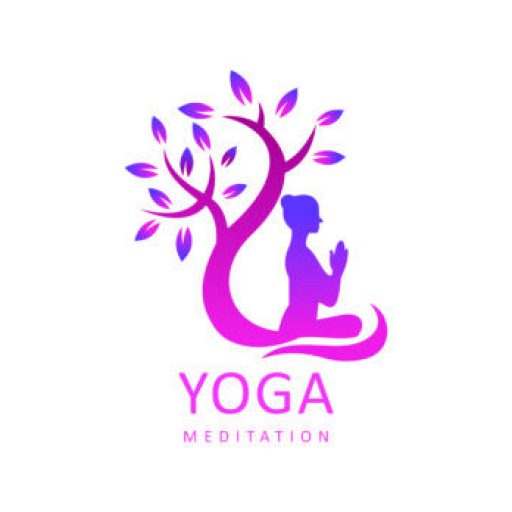
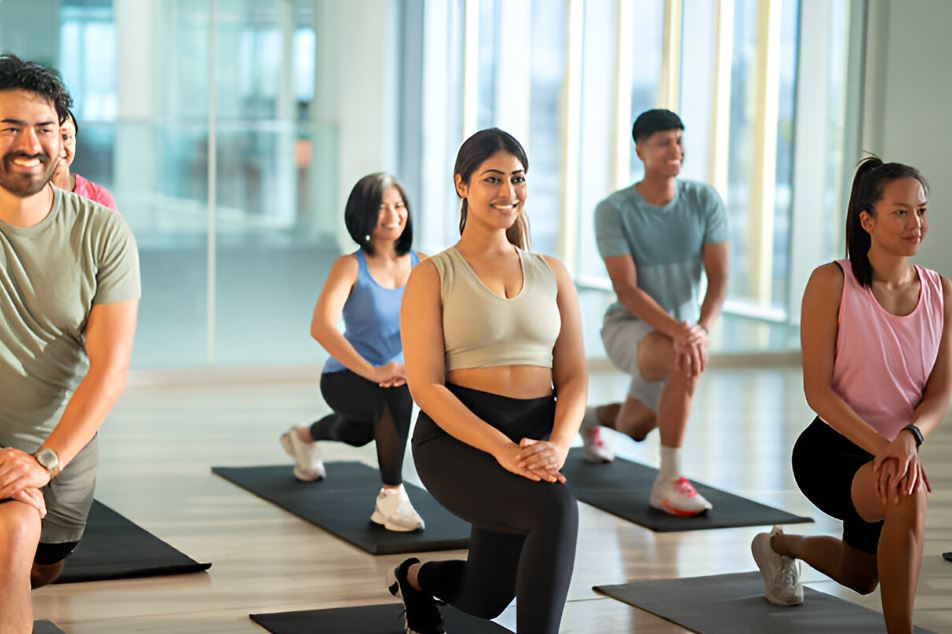
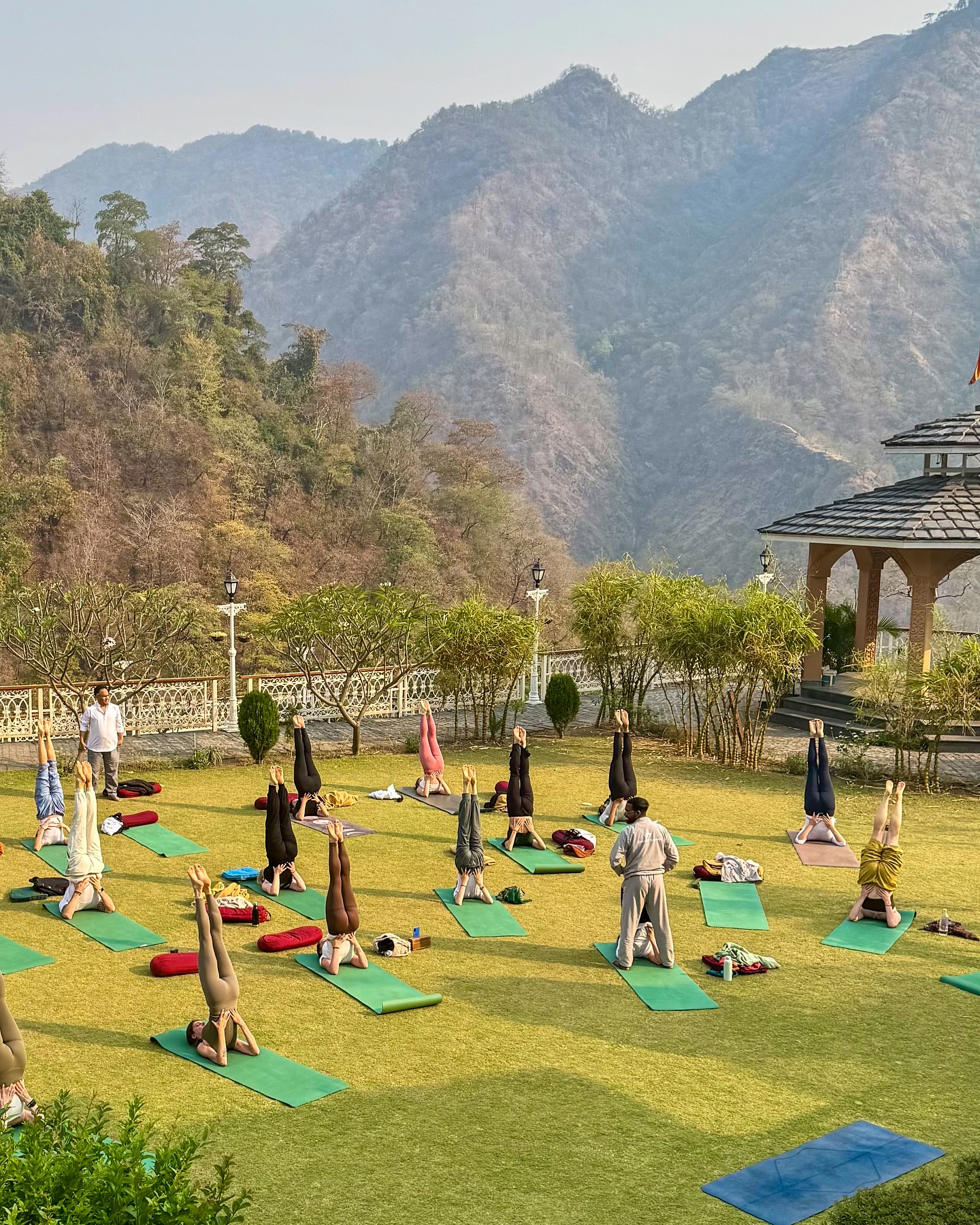
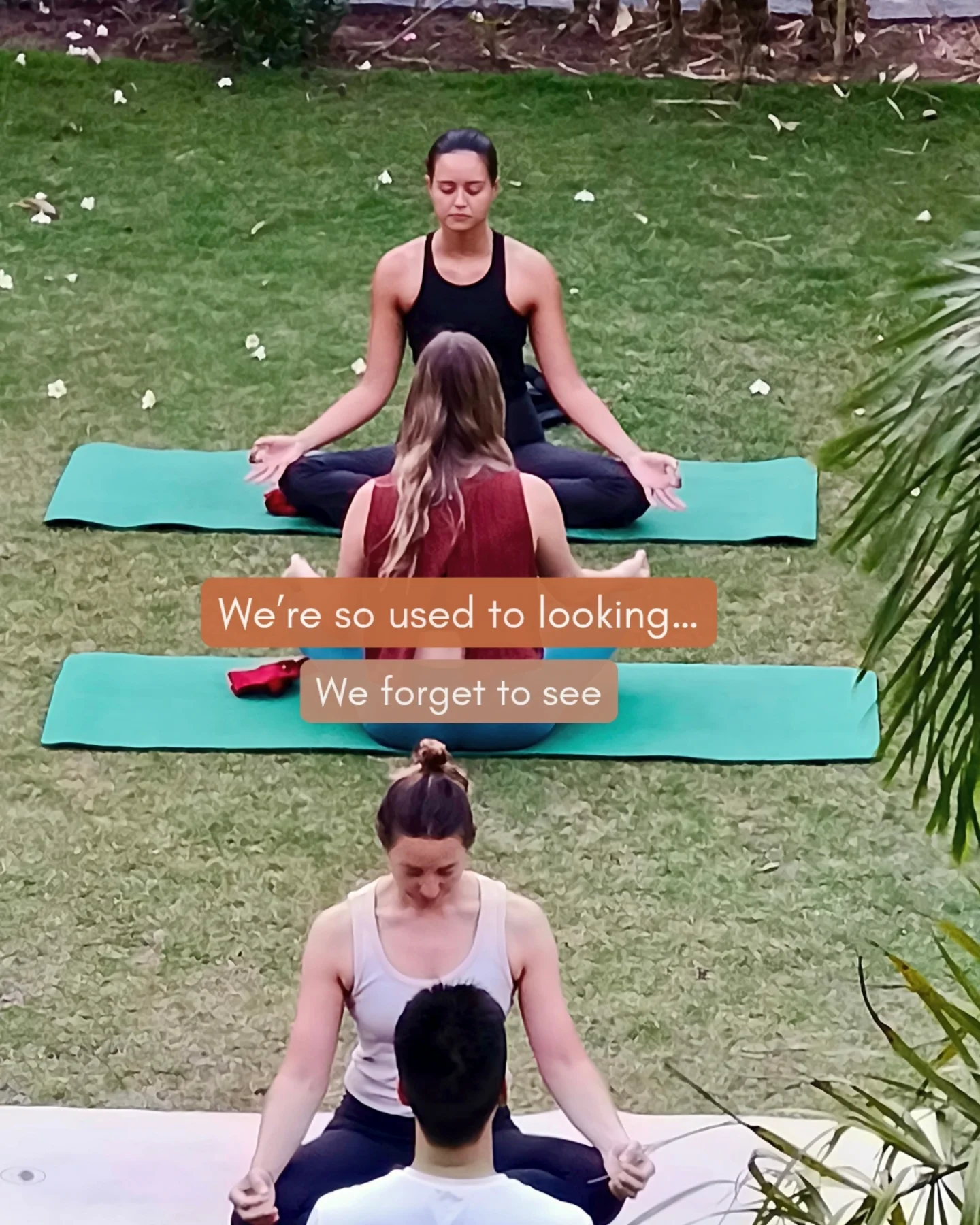
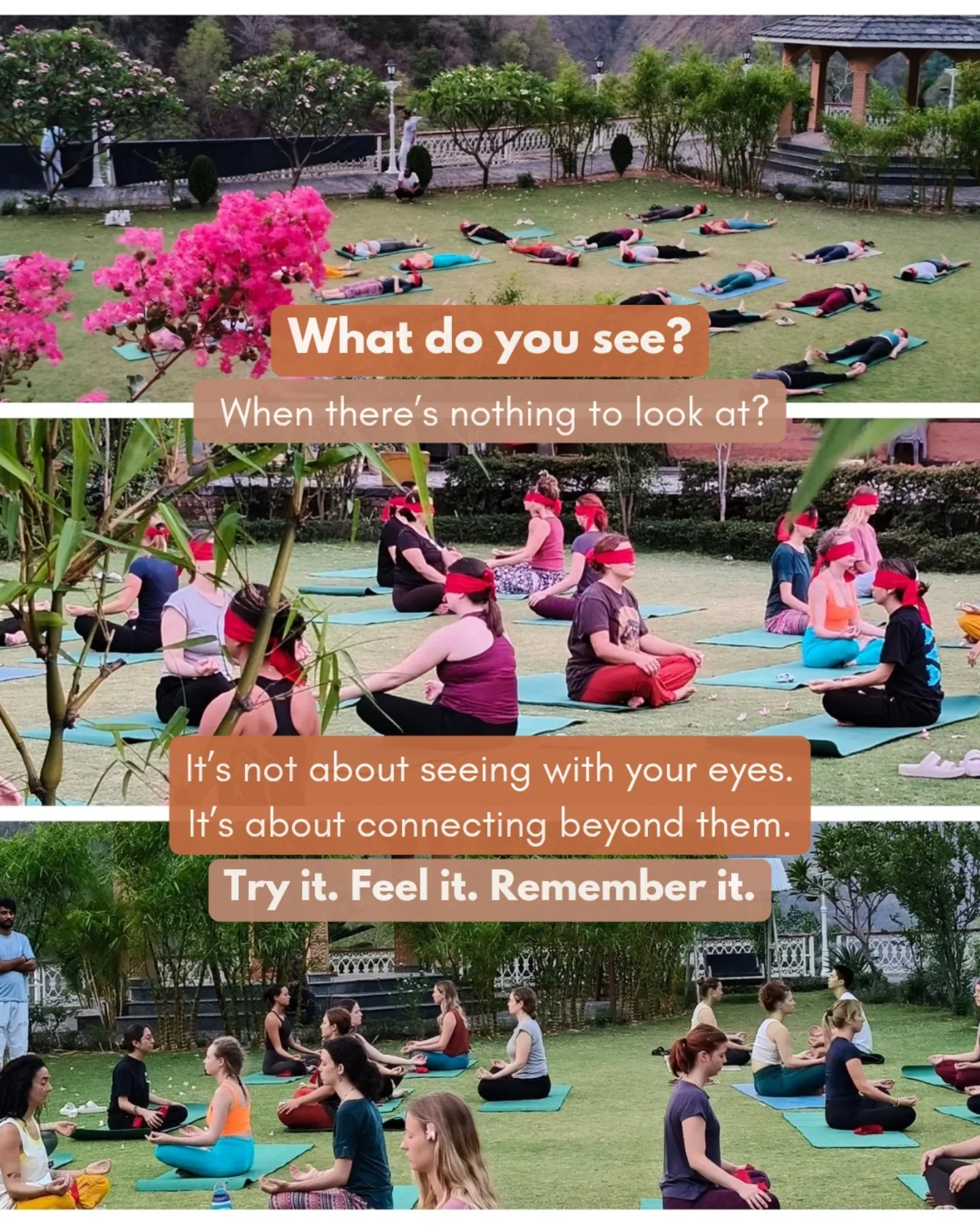
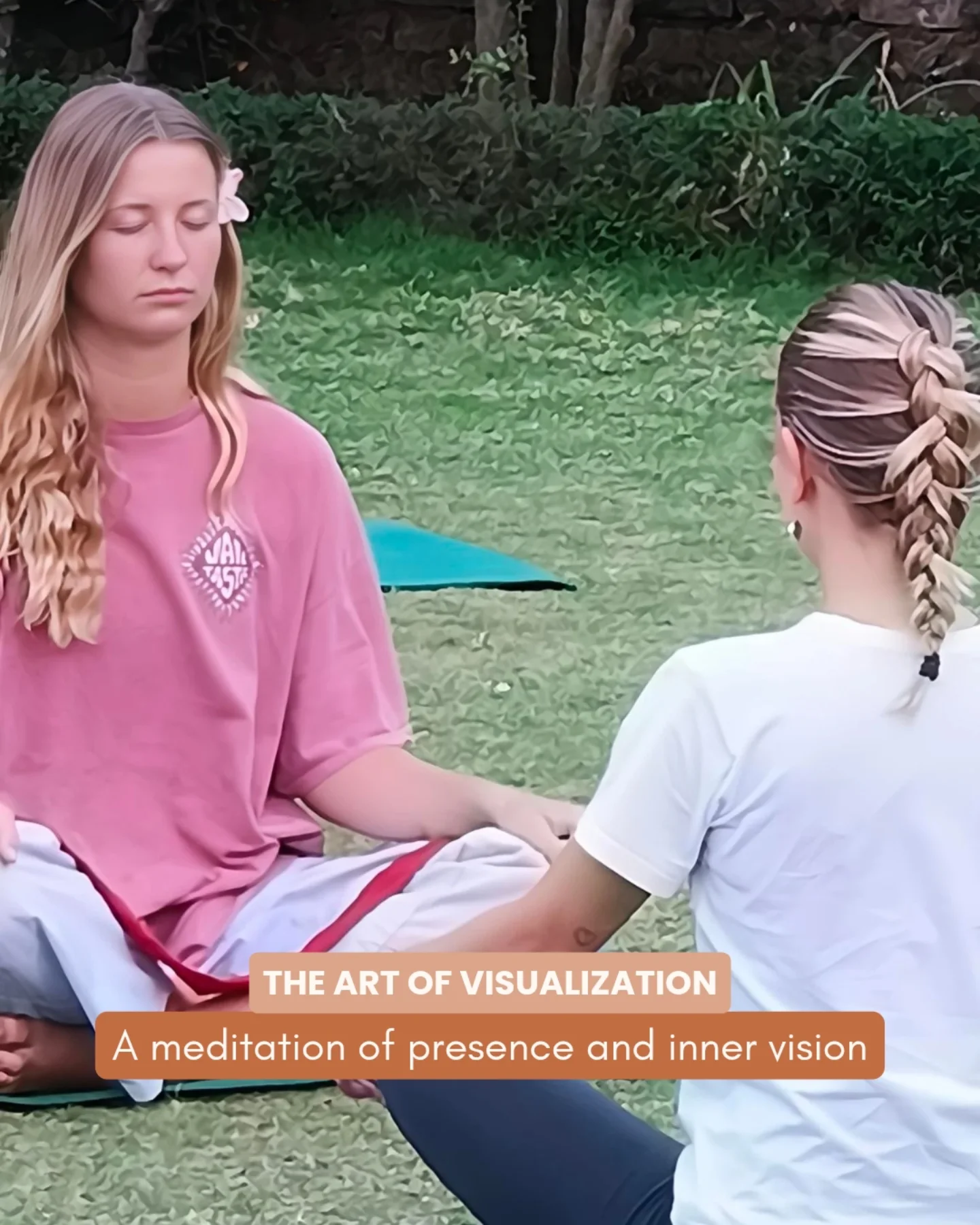

Leave a Reply